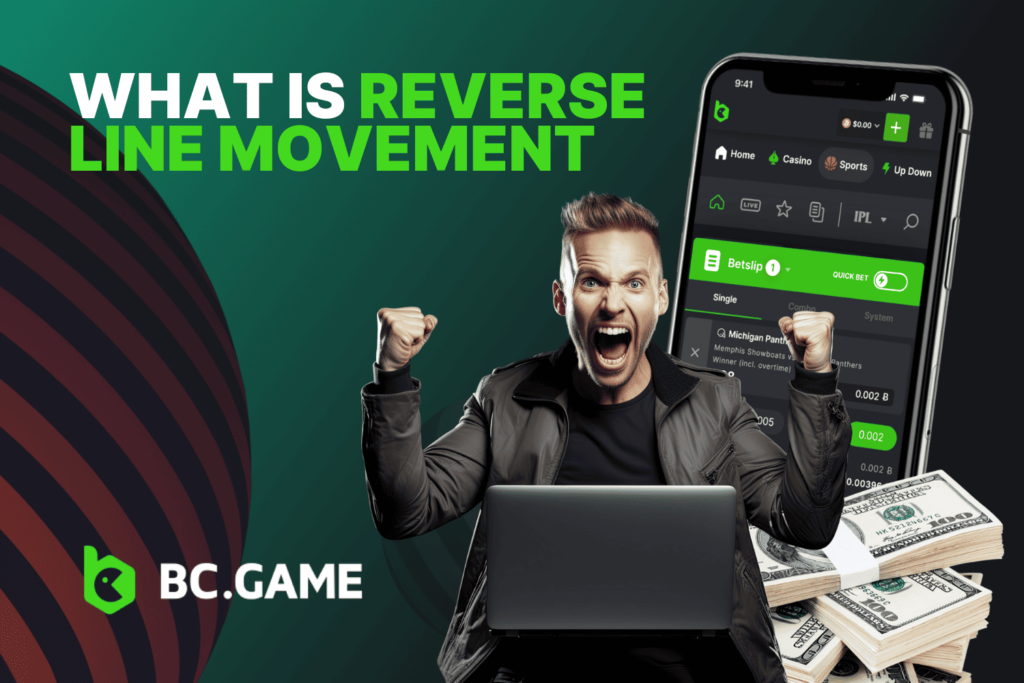
In sports betting, the Martingale strategy is often used, sometimes without bettors even realizing it. Whether you’re a beginner or an experienced gambler, you may already be familiar with this approach.
Almost all successful bettors use some form of strategy, whether it’s as simple as the Martingale system or a more complex approach refined over time. Betting without any clear strategy is often a recipe for long-term failure.
This article breaks down what is martingale betting, explains how it works, and examines why it remains such a popular strategy for gamblers.
What is the Martingale Betting System?
The Martingale system has been around since at least the 18th century. It’s thought to be named after John Henry Martindale, a London casino owner. Over time, the name shifted from “Martindale” to Martingale.
Part of the appeal of the Martingale strategy is its apparent simplicity and promise of success. However, in reality, the limitations of bankrolls, betting limits, and unpredictable outcomes in sports betting martingale make it less effective for long-term gains. But neither do the bank accounts of bettors nor sports betting sites and casinos operate in a vacuum. The long-term efficiency of the Martingale method may be undermined by elements like wager restrictions, low bankrolls, casino rules, and the gambler’s fallacy.
Many gamblers have probably considered this really basic idea on their own at some time. Simply said, increase your wager with every loss until you win. If you start with $10 and win, for instance, you pocket the gain and keep betting $10. Should you lose the initial stake, you then gamble twenty on the next round. Should that be a loss, you gamble $40, then again, till you recoup your losses and earn $10.
You go back to the original $10 stake after you win and then resume the procedure, doubling only following defeats.
First look at it appears like a fantastic system. After three losses, say, it seems improbable you will lose a fourth bet. This kind of reasoning is a component of the “gambler’s fallacy,” the misguided conviction that previous events influence future ones. Every bet is an independent event; losing three times in a succession has no effect on the chances of winning on the following attempt. For American roulette, where black has a 47.4% probability of winning, for instance, the odds stay the same independent of past losses.
While the Martingale system sports betting can work for those with deep pockets, its limitations in real-world settings make it unreliable for sustained profit. The betting limits on platforms such as BC.GAME, make it unreliable for sustained profit. That said, BC.GAME provides a secure platform where bettors can explore various strategies, but it’s important to approach betting with a clear understanding of the risks involved.

How to Use the Martingale System in Betting
Though the Martingale betting system is easy to understand, it should be approached with caution due to the risks involved. The Martingale strategy sports betting works as follows:
Look for a sporting event where the chances for a certain result are about equal that is, 2.00 in decimal odds. This might be betting on a two-outcome market, like to tennis, in which a draw is not a possibility but only a win or loss result.
Decide on a small initial bet amount. This should be a fraction of your total bankroll since you’ll need to potentially double it multiple times after consecutive losses.
Set a clear profit target for each betting cycle. The goal of the Martingale betting strategy is to achieve small, steady gains over time.
Place your bet on the chosen market at even odds. Your bet should be based on thorough research and analysis of the sporting event.
Double the amount on your next wager should your one lose. For instance, should your first bet be $10 and it loses, your second bet should be $20.
Continue the process of doubling your bet after each loss. The idea is that once you win, you’ll recover all previous losses and achieve your initial profit target. Then, you start again with your initial bet amount.
Setting financial and time constraints helps one to prevent significant losses. Choose the highest loss you are ready to pay and the number of consecutive bets you are ready to make before stopping.
Many sportsbooks have maximum betting limits, which could prevent you from doubling your bet indefinitely, hindering the Martingale system sports betting effectiveness.
Ensure that you have a large enough bankroll to withstand multiple losses, as the Martingale gambling strategy can require significant funds during losing streaks.
Example of the Martingale System for other Sports
The Martingale sports betting method can also be applied to events with close odds, such as betting on a football match outcome. For example:
- Bet 1: $10 on Team A to win (Odds: 2.00/Outcome: Lose).
- Bet 2: $20 on Team A to win (Odds: 2.00)/Result: Lost).
- Bet 3: forty on Team A to win (Odds: 2.00)/ Result: Win).
In this case, you won after the third wager and would return to your $10 starting point.
Though the Martingale system can generate short-term profits, a protracted losing run can cause significant losses and big stakes. Furthermore, sporting events lack ideal odds because of elements like the margin of the bookmaker. Before using any betting strategy, always be aware of the hazards and evaluate your personal financial status and risk tolerance.
Martingale Sports Betting Formula
What is Martingale Betting Formula? The Martingale system for sports betting doesn’t have a strict formula in the same way it does for casino games with even odds, but the general principle remains the same: double your bet after each loss until you win.
Here’s a simplified explanation:
- Initial Bet (IB): Choose your initial bet amount. Let’s call this IB.
- Bet Doubling Formula: After each loss, the formula for the next bet (B) is generally B = 2 * (previous bet).
- Winning Resets: If you win a bet, go back to your initial bet (IB) for the next wager.
- Example: If IB = $10, and you lose the first bet, the next bet would be $20. If you lose again, the following bet would be $40, and so on. If you win at any point, you go back to your initial bet of $10.
Be aware of the potential for large bets. Should you strike a losing run, the bets might skyrocket and certain sportsbooks may have maximum bet limitations, therefore limiting your capacity to double your bet endlessly.
Here are some key considerations:
- Consider your bankroll: Make sure you have enough money to handle possible losses, especially as your bets increase.
- Know the limits: Be mindful of the highest bet amounts allowed by the sportsbook.
- Think about winning streaks: The Martingale system focuses on recovering losses, but may not make the most of winning streaks. If you win several times, your profits might not reach their full potential.
- No sure success: Understand that, like any betting system, there’s no assurance of success, and previous results don’t impact future ones.
Pros and Cons of Martingale Betting System
Like any strategy, the Martingale betting strategy has its advantages and disadvantages. Here’s a look at both. The Martingale betting strategy has these advantages and drawbacks:
| ✅ Pros | ❌ Cons |
| Simplicity: The Martingale system is easily understood and used. It is easy for both new and expert gamblers, as it entails doubling your wager after every loss. | Risk of Substantial Losses: Among the main disadvantages of the Martingale system is the possibility of significant losses. Bets might develop enormously after a protracted losing run, therefore compromising a significant amount of your money. |
| The Martingale strategy theoretically potentially result in short-term gains, particularly if you strike a winning run and offset past losses. | Not Profitable in the Long Run: The risk involved with the system and the need for an endless bankroll make it unsustainable long term, even if it could provide temporary gains. |
| Applicable to Even-Odds Bets: The method performs best with games or bets with near even odds, in which case the likelihood of winning or losing is around 50/50. | Table/Betting Limits: Many casinos and sportsbooks have maximum bet limitations, therefore limiting your ability to double your wager endlessly and so reducing the efficacy of the Martingale technique. |
Martingale Betting FAQs
The Martingale betting system is a strategy where you double your bet after each loss in an attempt to recover all previous losses and make a profit equal to your original wager.
No, the Martingale betting strategy is not illegal. It’s a widely known approach used in gambling and betting. The idea of a guaranteed profit in gambling is intrinsically faulty, as all betting entails some risk and results are random.
The Martingale gambling strategy carries significant risk, as a prolonged losing streak can lead to large bets and potential financial losses. No Guaranteed Wins, limited by Table/Betting Limits, Risk of Significant Losses.
The success of the Martingale strategy depends on factors like bankroll size, betting limits, and luck. Although it could provide temporary profits, it is not seen as a consistent long-term plan.
Conclusion about Martingale Betting System
After every loss, the Martingale strategy doubles your bets to ensure a profit and help you to recover losses. Given the constraints put on sportsbooks and the unpredictability of betting outcomes, the strategy is high-risk and not essentially ideal for sustained profit, even if it may provide momentary advantages.













